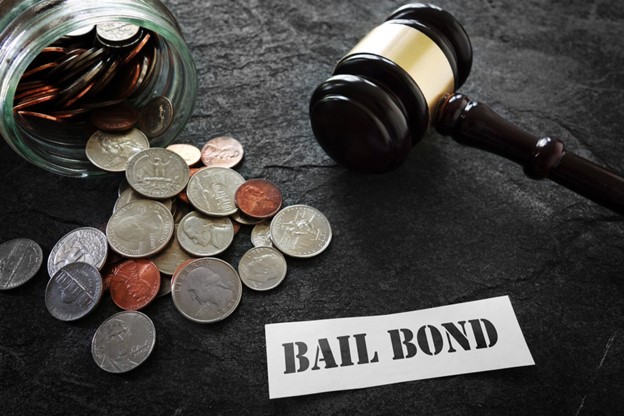Understanding the ins and outs of the legal system can be a daunting task, especially when it comes to concepts like bail and bond. If you’ve ever watched a crime drama or read a suspenseful novel, chances are you’ve come across these terms before.
But what exactly do they mean? And more importantly, what’s the difference between bail and bond? In this blog post, we’ll unravel the mysteries surrounding bail and bond, shedding light on their purpose, key differences, factors that determine their amounts, as well as the process of getting released on bail or bond.
Keep reading to discover everything you need to know about these legal terms!
What Is Bail?
Bail is the amount of money set by a judge that must be paid in order for a person to be released from jail. This money acts as a security deposit and is returned after the defendant appears in court. It is paid in order to ensure that the defendant returns to court for their trial.
What Is Bond?
The bond is a financial guarantee that is given to the court by a bondsman or a bail bond company. It is used to secure the release of a defendant who cannot afford to pay the full bail amount. The bond works by charging a non-refundable fee to the defendant, usually 10% of the bail amount.
Pros and Cons of Bail
One of the main advantages of using bail is that it allows individuals to get released from custody quickly. By paying the bail amount set by the court, defendants can regain their freedom while awaiting trial. This can be especially beneficial for those who have jobs, families, or other responsibilities they need to attend to.
On the other hand, one disadvantage of using bail is that it can be expensive. The court sets the bail amount based on various factors, such as the severity of the crime and flight risk. For some individuals, coming up with this amount may be financially challenging.
Pros and Cons of Bond
In contrast, using a bond involves hiring a bondsman who will post the full bond amount on behalf of the defendant in exchange for a fee. This fee acts as compensation for taking on financial risk if the defendant fails to appear in court.
The advantage of using a bond is that defendants don’t have to come up with large sums of money upfront. Instead, they only need to pay a percentage, which makes it more accessible for many people.
However, one downside is that this fee paid to the bondsman is non-refundable even if charges are dropped or found not guilty at trial.
To learn more about this option, check out these legal services from Bail 2 GO Orlando. They can provide a fast process for getting your loved ones out fast.
Explore the Difference Between Bail and Bond Today
In conclusion, while bail and bond may seem similar, they are actually distinct legal concepts with different meanings and purposes. Understanding the difference between bail and bond can greatly impact the outcome of a criminal case.
If you or a loved one is facing criminal charges, be sure to consider hiring a lawyer for guidance on the best course of action. Don’t hesitate – contact an attorney today and protect your rights.
Did you find this article helpful? Check out the rest of our blogs!













